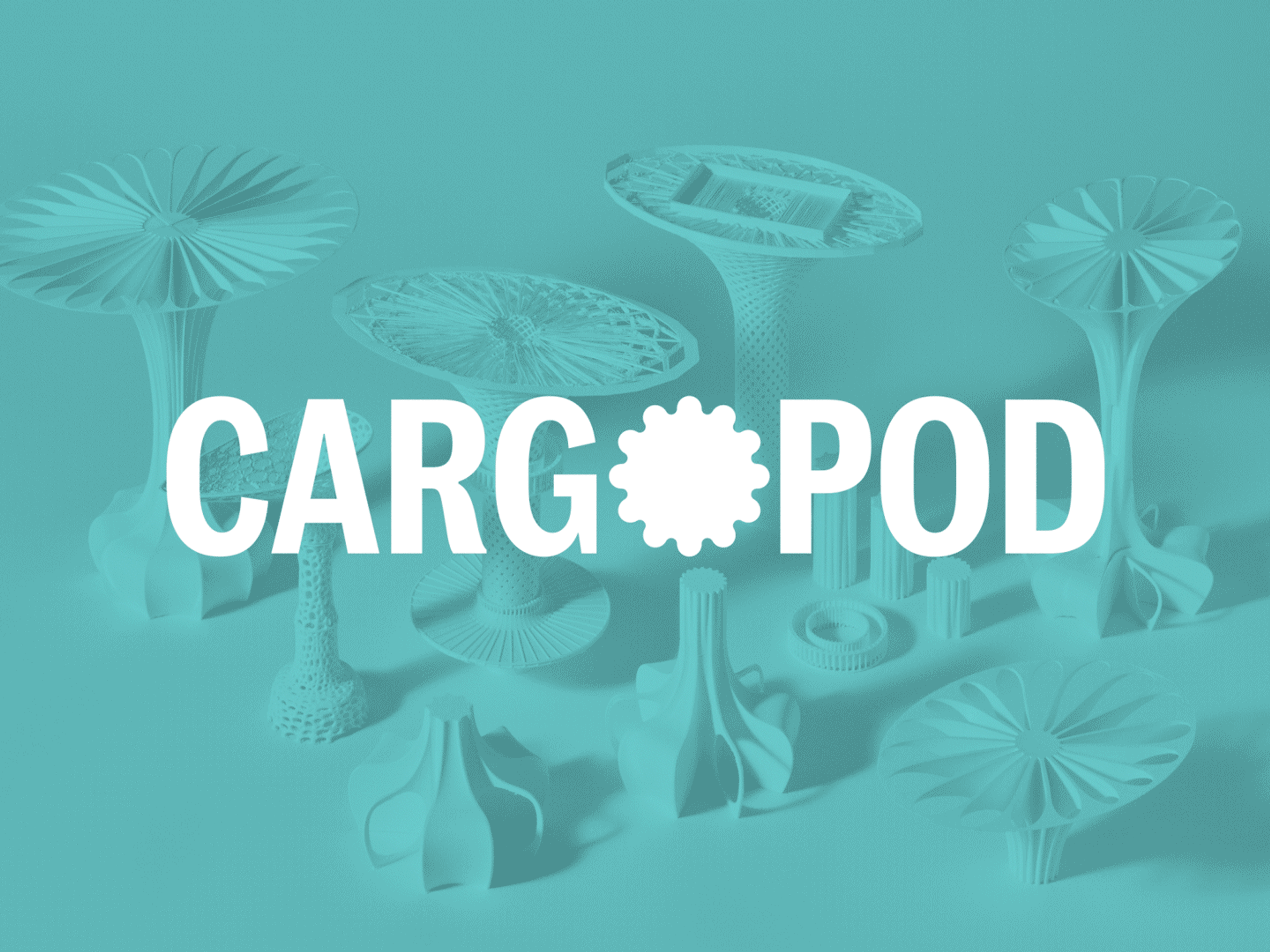Maker James Redman highlights the need for urban development that functions in greater harmony with the planet
Humans are becoming increasingly urban, and while cities occupy a small fraction of our landmass, they contribute the majority of all carbon emissions. Urban developments need to function in greater harmony with the planet, and within planetary boundaries – a pursuit we believe should be central to designers, developers and policymakers. With a shared commitment to address our current predicament, we can make cities more liveable, limit the impact of our placemaking decisions on future generations, and build sustainable communities that are resilient to climate change.
A planetary-centric society would look quite different. What if we could lose ourselves in nature without leaving the city? Swim safely in canals and rivers? Move around freely on streets designed for people? What if buildings absorbed atmospheric carbon instead of emitting it?
At Make we see compact urban designs as a necessity of the future to reserve more space for nature and make more efficient use of services and infrastructure. Today, the construction sector is responsible for 38% of global carbon emissions, and the Construction Industry Council estimates that every week we build new urban areas the size of Paris. Regenerative and circular solutions on all scales of development can reduce this impact through re-use and repurposing. This will give sites, buildings and materials a second life in looped systems where component parts retain their highest possible intrinsic value as they are cast and applied anew.
“We see compact urban designs as a necessity of the future to reserve more space for nature.”
Computational design, meanwhile, can optimise the structural performance of materials to reduce demand, which cuts down on water consumption and the need for raw material extraction. Local materials with a shorter supply chain increase transparency to ensure a more sustainable and equitable production process. New materials like Earth-friendly concrete and bioplastics absorb carbon during manufacturing to generate building components that absorb more carbon than they emit. There’s huge promise in recycled plastic too, which – as demonstrated in our Cargopods project – can be collected locally and, at the end of its life, broken down and reused for new products. And why couldn’t buildings provide their own energy and water, using photovoltaics and rainwater harvesting systems?
In cities like Singapore and Milan, we’ve witnessed the emergence of a fiercely biophilic architecture – buildings like forests, designed for wildlife as well as people. These intensely greened facades and rooftops can provide efficient insulation, carbon sequestration and air filtration. At our St Helier masterplan on Jersey’s southern coastline, the landscape is playing an integral role in shaping the design. We’ve integrated greening initiatives and sustainable drainage solutions to boost biodiversity and manage water quality for the people who live in this fast-changing habitat.
Cities are already valuable ecosystems and habitats for wildlife. According to one UN definition, London could be classified as a forest due to its many trees. Home to almost 15,000 species and comprising 50% green and blue spaces, London was awarded National Park City status in 2019 – part of a broader movement to help people, culture and places work together to improve the foundation for all forms of life. Elsewhere, the city of Bogotá closes 121km of its roads every Sunday to allow people to take over the city streets; and in Barcelona, the creation of ‘superblocks’ has established car-free areas that reduce traffic and make way for more planting, leaving the city cleaner, greener and cooler.
“What if we allowed nature to be wild, native and inherently social?”
As we intensify the greening of our urban areas, we can purify our environment, moderate rising temperatures, balance out overdevelopment, and support happier and healthier people. Too often nature is designed out of our cities or provided in an overly manicured form. What if we allowed it to be wild, native and inherently social – conduits for community and wildlife to coalesce?
Through joint efforts on many levels, using high-tech solutions alongside low-tech natural processes, we have the capacity and responsibility to work towards a future that works with our planet, not against it.
Authors
James Redman is head of Make's urban design working group. He's currently leading several strategic masterplanning projects, including the masterplan for Swindon's Kimmerfields regeneration scheme.


